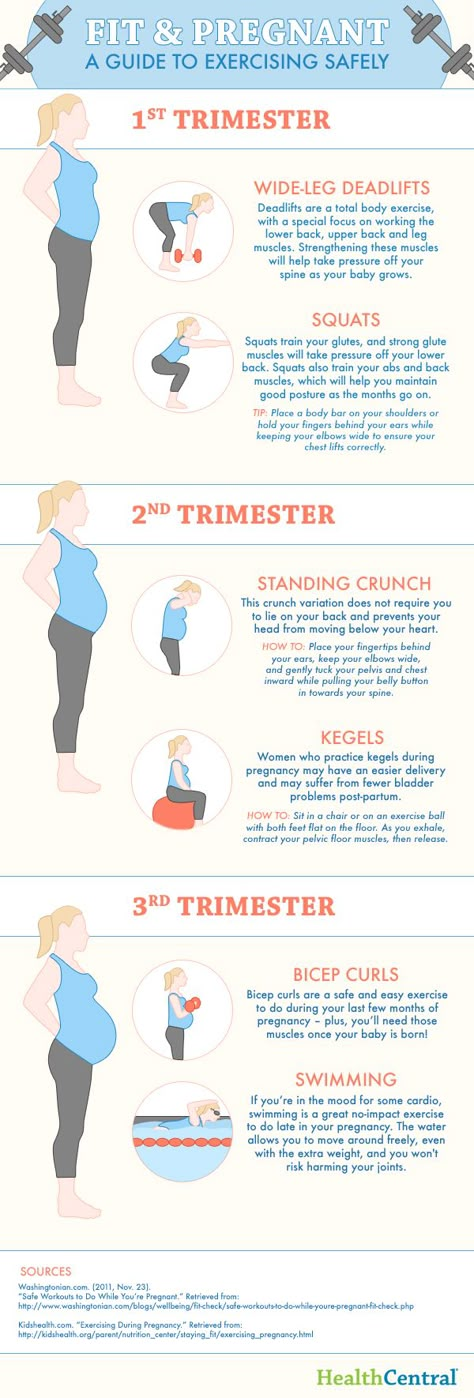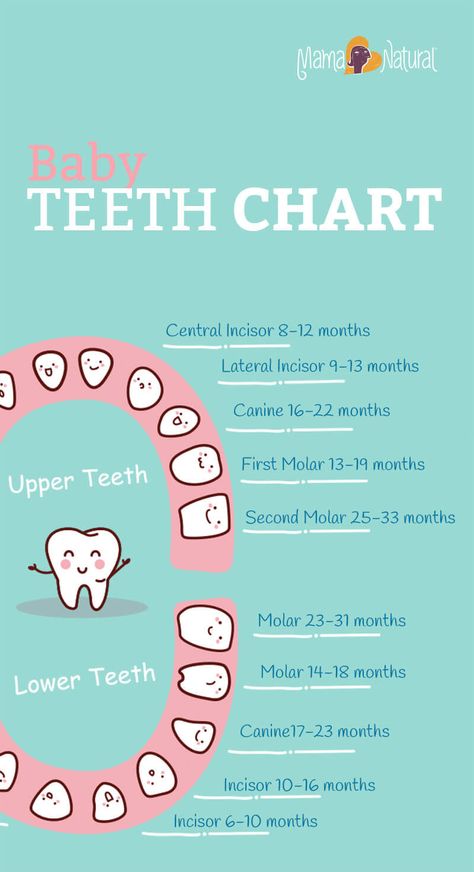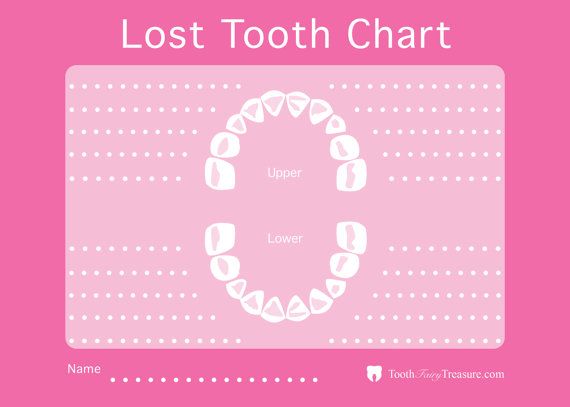How long does drugs stay in the placenta
How Long Do Drugs Stay In A Baby's System?
We’re supported by moms. When you buy through links on our site, As an Amazon Associate, I may earn a commission.
Today, there are many risk factors to an unborn baby while developing in the womb. The list of what you can and cannot do is endless.
One of these things that can cause many pregnant women to stress is the effect of drugs on their unborn child. We are going to look at a range of different drugs and their effect on both mom and her unborn baby.
Many women may take drugs recreationally or for medical purposes but how much do we actually know about what it does to your unborn child? How long will it affect your baby? Will there be lasting damage?
Let’s face it whether or not you knew you were pregnant when taking drugs, it is always better to be prepared and have the knowledge available to understand what could be happening to your unborn baby.
Table of Contents
- 1 Amphetamines
- 1.
0.1 Side Effects For Mom
- 1.0.2 Side Effects For Baby
- 1.0.3 How Long?
- 1.
- 2 Cannabis
- 2.0.1 Side Effects For Mom
- 2.0.2 Side Effects For Baby
- 2.0.3 How Long?
- 3 Cocaine
- 3.0.1 Side Effects For Mom
- 3.0.2 Side Effects For Baby
- 3.0.3 How Long?
- 4 Percocet
- 4.0.1 Side Effects For Mom
- 4.0.2 Effects For Baby
- 4.0.3 How Long?
- 5 Opiates
- 5.0.1 Side Effects For Mom
- 5.0.2 Side Effects For Baby
- 5.0.3 How Long?
- 6 The Final Thought
Amphetamines
This drug is better known as ‘speed, whizz, phet.’ The main use of this drug would be to increase performance. It can be used to improve cognitive performance and also to treat conditions such as ADHD.
It can make the user feel excited and more energized. It can also suppress your appetite which many people deem to be a great trait when dieting to lose weight.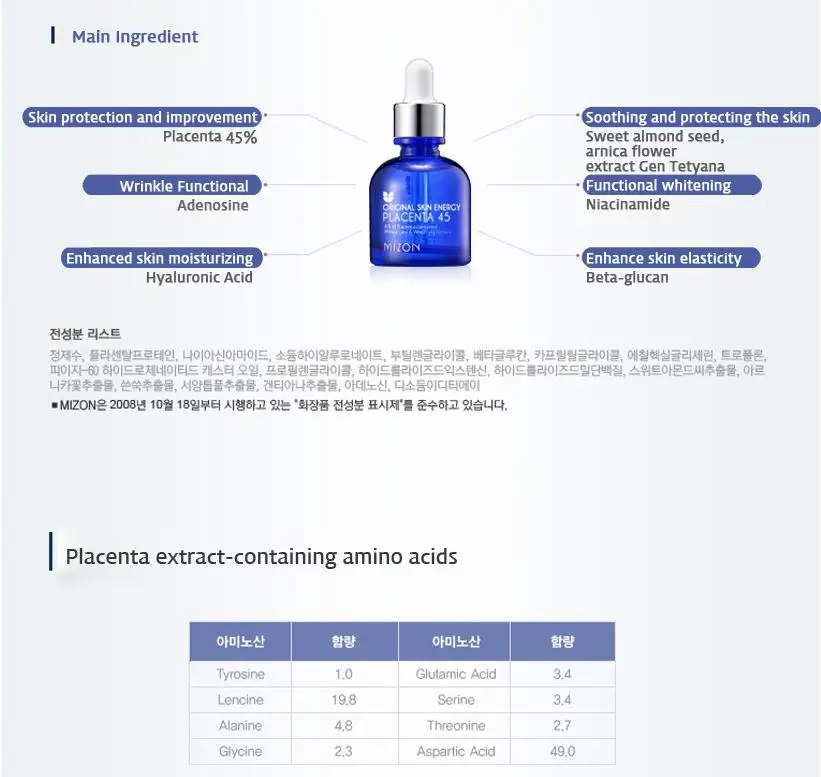
After the drug has hit its peak in your system the only way is down, your mood will become low, you may find yourself with low energy levels, extreme tiredness, and have a sense of paranoia.
Side Effects For BabyWhether this drug is being used medically or misused as a recreational drug there are huge side effects to pregnancy and thus the baby.
Taking the drug can raise blood pressure and heart rate and as your body is doing this naturally during pregnancy this added pressure could be potentially dangerous for both mom and baby.
Some of the negative effects that have been reported are:
- Cleft Lip
- Low birth weight
- Cardiac problems
- Reduced head size
- Premature labor
- Still Birth
Although it is thought that it can not be deemed as the only factor of your baby developing one of these side effects, it certainly will increase the risks.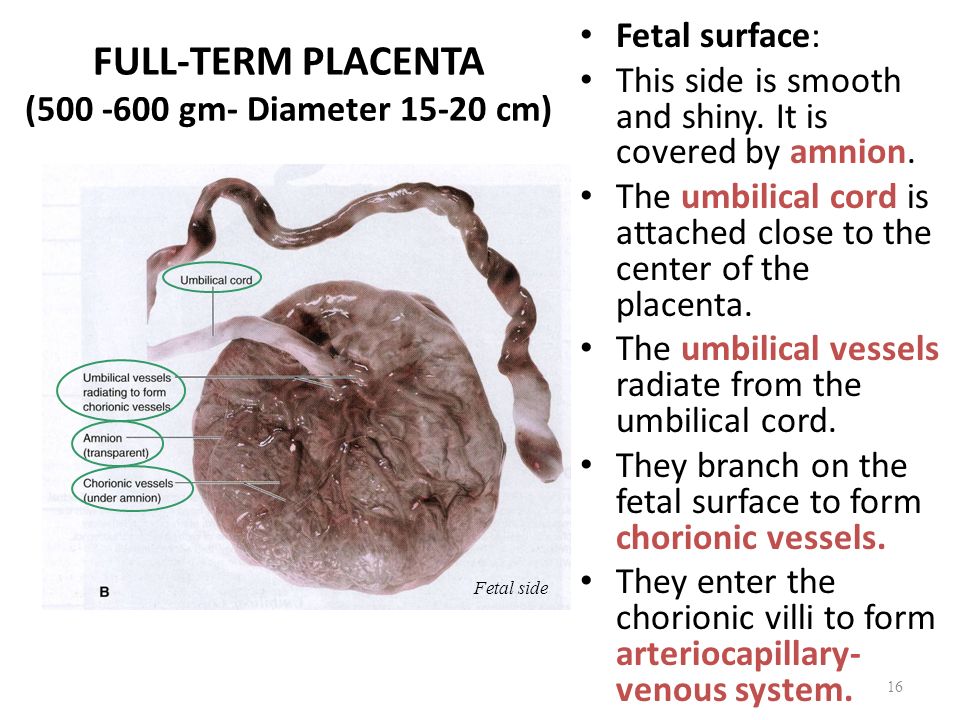
View in gallery
How Long?Undeniably the effects of using this drug can alter the life of a child. But how long does the drug stay in the system of a baby?
Doctors suggest that as long as it is in the mom’s system it will also be in the baby’s and it can be detected for up to a week after the drug has been taken.
Once born the baby’s urine or stools can be tested for amphetamine and if there is a positive result from recreational use then there would be questions as to whether the baby would need to be removed from the mom’s care.
Cannabis
This drug is sold as a dried herb or a crumbly resin. It is a drug that is usually smoked in a roll-up with tobacco. It can also come in an oil form.
This drug is the most popular amongst all ages of people. The benefits of using this drug to help medical conditions have been said to work miracles. They provide relief for patients who have chronic pain and further medical needs.
It is not usually used as a recreational drug as it doesn’t contain the toxins that give the ‘high’ people usually chase when taking drugs.
Where the benefits of Cannabis are apparent, there are still side effects that you need to be aware of.
Many report coordination difficulties, delayed reaction times lend themselves to making driving or operating machines a potentially dangerous risk. It can lower blood pressure and alter your heart rhythm causing dizziness which can increase the risk of falling over and injury.
Side Effects For BabyThe most common way to take Cannabis is by smoking it. This can have developmental issues for your unborn baby as there are chemicals within tobacco that can harm your unborn child.
Also, research is lending itself to its contribution of low birth weight in infants when the use of cannabis is present. He/she can look pale and be less active.
As your child grows up there are reports that they themselves have poor concentration and delayed cognitive development. These issues are more noticeable as the child becomes older.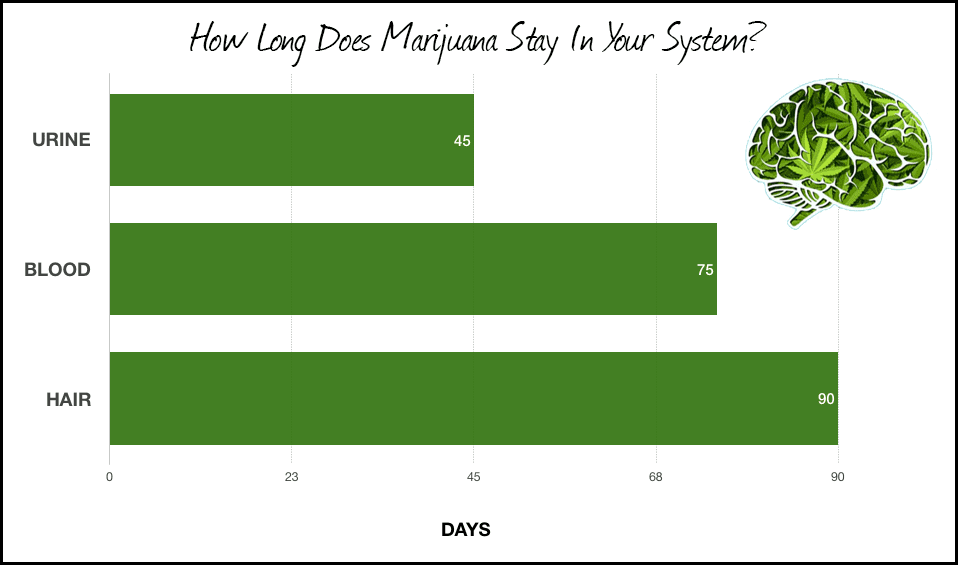
View in gallery
How Long?Cannabis exposure can stay in your baby’s system for months after use. It generally takes 24-57 hours just to work half of the dose out.
THC is absorbed into the tissues of the body and this can act as a slow-releasing reservoir. The medical advice for pregnant moms is to stop using this drug immediately.
Cocaine
This drug is a powerfully addictive stimulant that can cause serious addiction. It can sometimes be used in medical procedures and act as an anesthetic. The effects of Cocaine are usually short-lived and can last any time from a few minutes to a couple of hours.
The high that people get when taking this drug is so intense that it leaves them wanting more, this creates harsh side effects when the drug is wearing off.
It can be used in many different ways, such as, inhaled, rubbed on to gums, injected, and smoked.
Side Effects For MomOnce the high has worn off it can be followed by a deep depressive episode.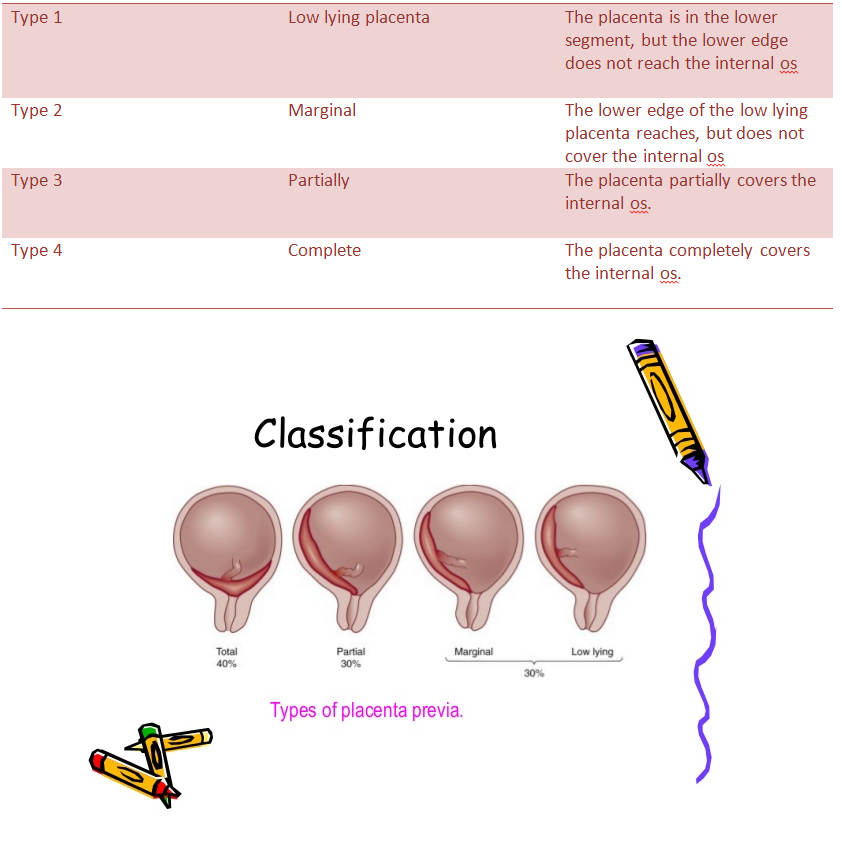 It can make the user feel anxious, paranoid, hostile, and angry even when they haven’t got their high.
It can make the user feel anxious, paranoid, hostile, and angry even when they haven’t got their high.
Regardless of how frequently the drug has been used the potential health risks are not something to ignore. It can increase the chances of stroke, heart attack, respiratory failure, and in some cases even death.
Side Effects For BabyFor unborn babies and newborns Cocaine is a highly dangerous drug. There have been reports of some abnormalities of the developing unborn baby in the brain, skull, face, eyes, heart, limbs, intestines, genitals, and urinary tract.
The newborn will tend to be a lot smaller than that of a baby who hasn’t been subjected to cocaine misuse.
It encourages the placenta to pull away from the womb causing placental abruption which can be fatal for both mom and baby.
View in gallery
How Long?Cocaine can enter the unborn baby’s system through the placenta and amniotic fluid. Many babies who have been subjected to cocaine misuse can be tested from samples of their hair and urine.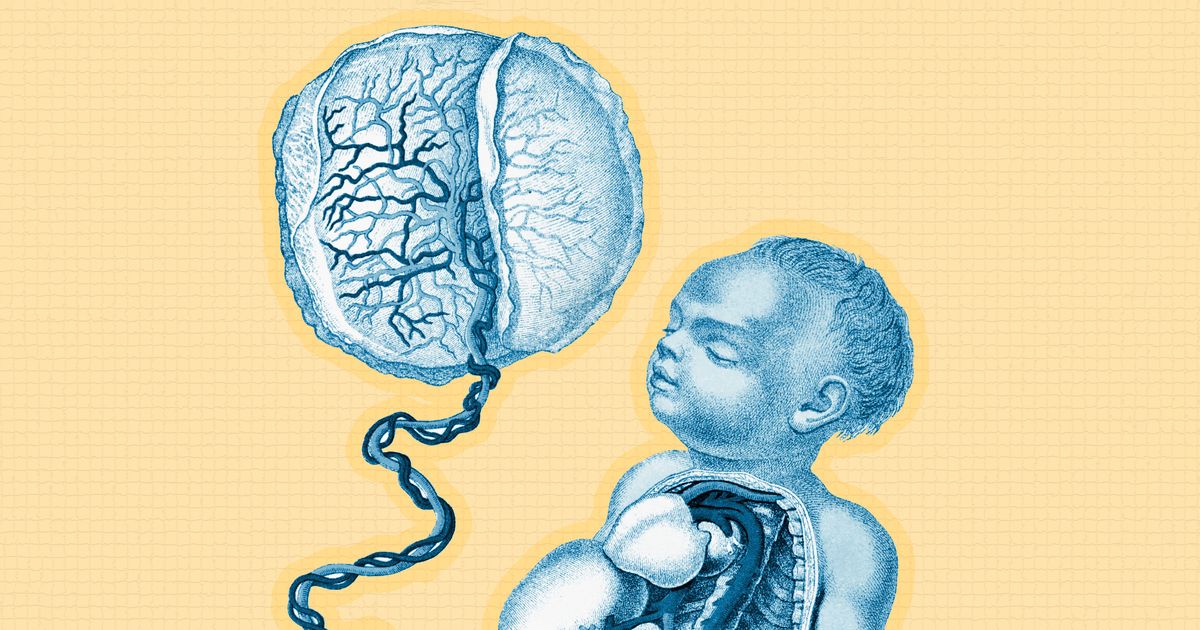
Babies are obviously a lot smaller than adults and because of this, the drug takes longer to be removed from the baby’s system than that of adults.
Traces of Cocaine can be found in a mom’s system up to 30 hours after taking the drug but for newborns, it could be 2-4 days.
Percocet
This is a combination drug formally used to treat moderate to severe pain. It is made with both Acetaminophen and Oxycodone. Oxycodone is a known narcotic drug with Acetaminophen used to increase the effects of pain relief.
As this drug can be very addictive it is only prescribed in special situations where no other treatment has worked.
Side Effects For MomSide effects can range from mild to severe depending on the amount of Percocet being used. Mild doses have little to no side effects on a mom or a pregnancy.
But the severe addiction this drug can cause may lead the mom to take larger doses and this can have detrimental effects on the fetus and mom.
Many reports have included:
- Preeclampsia
- Preterm labor
- Death of fetus
- Restricted growth
- Heart Defects
Babies that are going through withdrawal from this drug can have a range of different symptoms, from rapid breathing to full-blown seizures neither is pleasant to witness.
Babies that are suffering from extreme withdrawal many need further treatment like an IV to prevent dehydration. Treatments can last from one week to 6 months depending on the severity of the addiction.
View in gallery
How Long?How long the drug will stay in a baby’s system is again dependent on the amount of drug that has been taken. In general terms, a short-term user’s baby may have withdrawals for 48 – 72 hours.
Opiates
These drugs are formally used as pain relief. Doctors have the power to prescribe them to you in the form of Codeine or Morphine but there are also stronger do you can buy illegally formally known as Heroine.
Essentially, they are used to slow down certain processes in the body and can give the user side effects like sleepiness. With this in mind, doctors will always advise the user not to operate heavy machinery or drive whilst under the effects of Opiates.
Side Effects For MomIn most circumstances, it is not uncommon for a mom to take opiates whilst pregnant. If used under supervision they can pose little to no risk for the mom and her unborn child.
As with any drug, there is a danger of addiction and in these circumstances, it can cause more severe problems. Similar to Percocet the Opiates can transfer to the fetus through the placenta and umbilical cord. Many of the dangers are similar to that of Percocet.
Side Effects For BabyThere has been a breakthrough in research regarding the misuse of Opiates and newborn babies. Major birth defects have been noted as a result of using this drug in an uncontrolled manner.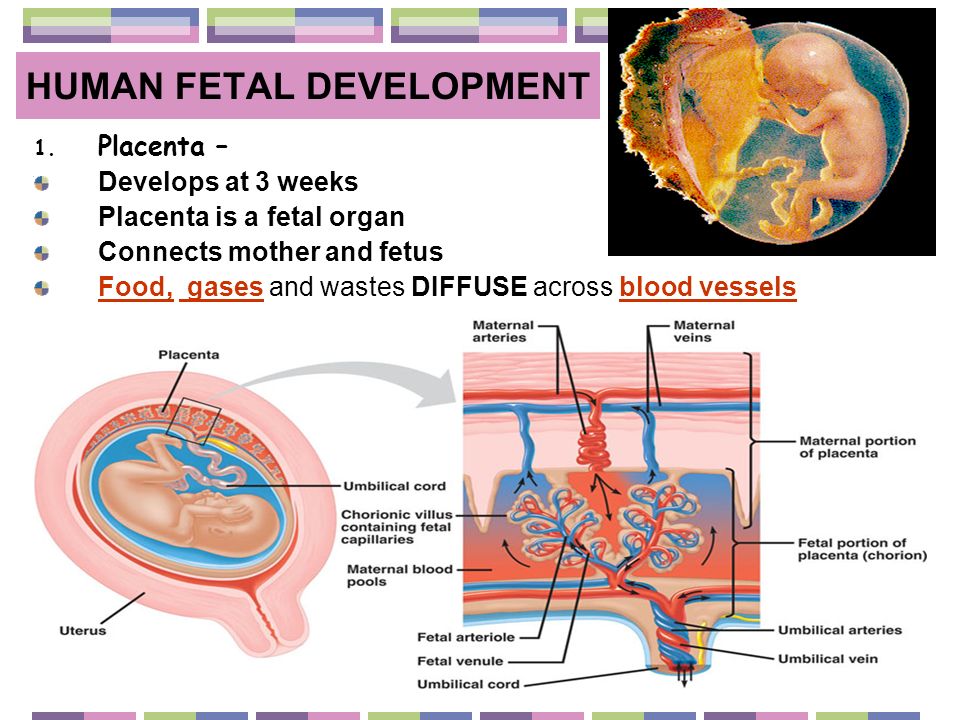
These include:
- Spina bifida
- Congenital heart defects.
- Gastroschisis
- Hydrocephaly
All of these defects can have long term and life-changing impact on a child’s life.
View in gallery
How Long?It is difficult to say how long Opiates can stay in a baby’s system. It depends on varying factors like, What type was taken? When was mom’s last dose? How long was mom taking the drug?
All these factors contribute to the withdrawal of Opiate use when pregnant and after birth.
As with other drugs babies can be tested for traces in their stool, and urine samples.
The Final Thought
Ultimately drugs of any kind that are taken through pregnancy will be transferred to the unborn child.
Depending on the drug used, they can have life-lasting effects on the baby and also the mom. Traces of any drug can be detected in a baby’s system and they can have the agonizing pain of withdrawal when they are born.
Medical advice would always be to find alternatives to the drugs you may consume or be used for a medical condition. The proof is in the research.
For further information check out our article on how to clean out your baby’s system of drugs.
You may be wondering about drugs like botox when you are pregnant, check out our article here.
Medical Disclaimer. All content and media on the MomInformed Website is created and published online for informational purposes only. It is not intended to be a substitute for professional medical advice and should not be relied on as health or personal advice.
Emma Davies
Hi, I'm Emma and I'm a mother to 5 beautiful children aged from 1 to 21 years old- life is hectic! I have learned so much along the way, not only from my own children but also through my professional life. In my positions as a Childminder and Teaching Assistant, I have studied Child Development and The Early Years Developing Practice. I wish to share all of this knowledge and help you with your own parenting journey!
Placenta Drug Testing: Complete Guide 2022
Table Of Contents:
- What is Placenta Drug Testing?
- Benefits of conducting placenta drug testing?
- How is placenta drug testing performed?
- How far back does placenta drug testing go?
- Do they drug test urine samples at prenatal visits?
- Methods for drug testing in the newborn baby
- FAQ
What is Placenta Drug Testing
Placenta drug testing is the practice of testing the placenta for illegal drugs known to pass from the mother to her baby through the umbilical cord via the bloodstream. The placenta is tested for cannabis, cocaine, and methadone after being delivered via a c-section or vaginal delivery before it is thrown away or cremated.
The placenta is tested for cannabis, cocaine, and methadone after being delivered via a c-section or vaginal delivery before it is thrown away or cremated.
The placenta is removed from the womb and put into a machine that measures its amount of Oxytocin, a hormone secreted by both the mother's and placenta's pituitary glands. When these hormones decrease, it is indicative of drug use.
For example: If a mother uses MMJ for three weeks, her baby will also be exposed to the drug. It is absorbed through the walls of her uterus and accumulated in her baby's bloodstream. Babies are then tested after birth for traces of cannabis in their urine or blood using special equipment that can detect small fragments of drugs in their systems.
What is placenta drug testing used for?
There are many reasons why you may want to have your placenta tested. Still, the most common ones are: You are suspecting an overdose of drugs or other intoxicants in combination with an unsafe level of vitamin and mineral supplementation (that's not necessarily part of a medical protocol). Testing for this is essential if you have a history of being a substance abuser.
Testing for this is essential if you have a history of being a substance abuser.
Testing for this is essential if you have a history of being a substance abuser. It was catching any infections that might be transmitted from mother to child. This might include diseases such as HIV/AIDS, hepatitis B, or hepatitis C.
What are the indications for testing the placenta drug test?
In some cases, placenta drug testing is mandated by law. This is typically the case when a new mother has an addiction or substance disorder that may harm her child. Placenta drug testing is also a common occurrence in custody disputes and can be used as evidence against mothers who have tested positive for illegal substances at birth.
In other cases, a placenta drug test is an option for parents concerned about potentially harmful substances being passed from mother to baby via the placenta and umbilical cord. This form of substance testing may be particularly relevant if the expectant mother has a history of using cannabis and cocaine during pregnancy.
Benefits of conducting placenta drug testing?
Benefits of Placenta Drug Testing
Although placenta drug testing is not a new practice, there has been increased popularity over the past few years, mainly driven by the following benefits
- Drug-Free Birth: Overall, placenta drug testing helps ensure that the child does not have to withstand any adverse effects from exposure to substances in utero. This can be particularly useful if there is a family history of substance abuse and addiction or other risk factors for addiction or fetal malformation.
- Evidence in Custody Disputes: This is a more controversial reason for conducting a placenta drug test, but it is also essential. Suppose a parent tests positive for drugs at birth, and there are questions surrounding custody rights.
- In that case, placenta drug testing can provide evidence of substance abuse during pregnancy and help ensure that the child is not put into an unsafe environment when they leave the hospital.

- Peace of Mind for Families: If there is no family history of substance abuse and addiction in the mother, placenta drug testing may be unnecessary. However, some parents may want to be as safe as possible for their baby's health.
How to perform placenta drug testing
The method of placenta testing is usually performed on an outpatient basis at a hospital or medical center. Placenta tests can be conducted in the hospital's prenatal clinic or at your home.
During a traditional drug screening, you will receive a swab sample of your placenta through your cervix, into which a numbing medicine may be applied.
You may also have an internal collection performed if you would otherwise require an invasive procedure to obtain a sample, which involves having either your doctor or obstetrician insert a device or instrument into one of your uterine cavities to extract the tissue.
The process should only take about 10 minutes (if done well), and there's no need for anesthesia.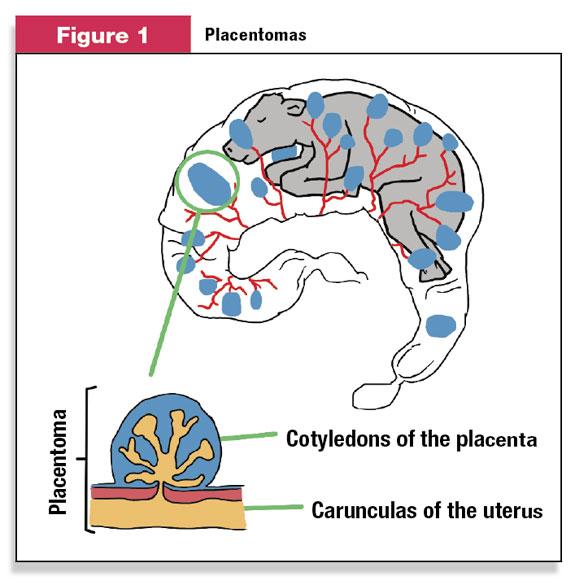
There is also a device called the Placenta Easy Strip. This method involves placing an over-the-counter strip inside your vagina to collect your placenta's tissue. The process is self-administered and should last for about 20 minutes.
To do any placenta test, be sure to keep that part of your body clean and dry (so as not to contaminate the sample). If you can provide anything — like a piece of gauze or a cotton ball — from the site where you intend to place the model, that could be helpful. This should help ensure accuracy.
How far back does placenta drug testing go?
The placenta drug testing uses six inches of the umbilical cord, connecting the fetus to the placenta. This cord is very rich in stem cells. All these stem cells can absorb blood and other body fluids and can detect any abnormalities.
It has a detection of the window for approx 20 weeks before the birth of a child. That is why it is a good indicator of the status of health and congenital disabilities.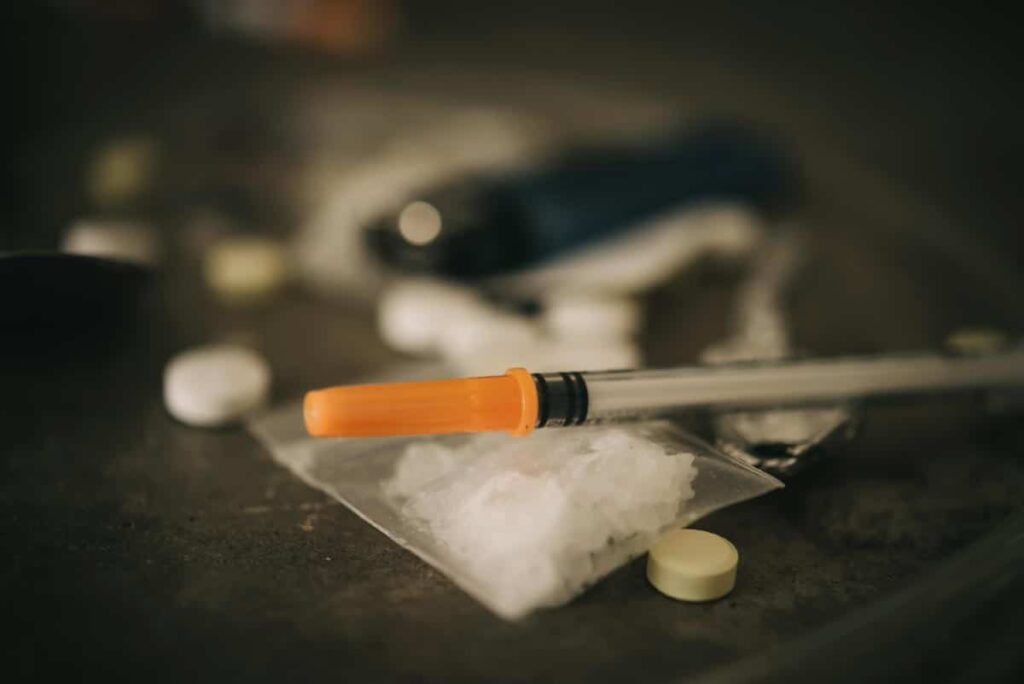
Do they drug test urine samples at prenatal visits?
The drug testing of urine samples indeed became an essential tool in monitoring the status and health of pregnant women during their doctor's visits. This kind of urine testing was also used to detect any infection (like HIV).
It has been one of the first tests used for screening purposes. Still, the placenta test surpasses it (because while a urine sample can only detect drugs or alcohol during a brief period, a placenta test can reveal traces for many months).
Methods for drug testing in the newborn baby
When it comes to babies, the most common form of drug testing is through the umbilical cord and the meconium drug testing.
- Umbilical Cord drug testing: Umbilical cord blood screening is a drug test performed during pregnancy. This form of testing is done after the first trimester and has a detection window of around 20 weeks for your baby.
- This type of test is also known as a placental drug screen or an umbilical cord blood analysis.

- Meconium drug testing: This type of drug testing is done for newborns to check if the parents do not consume some harmful substances. Meconium drug testing is performed on the baby's first bowel movement after birth. The first bowel movement is called the meconium. It is usually black or green and has a tar-like appearance.
- If the baby was exposed to drugs during pregnancy, it could take up to two weeks for them to show up in their meconium. Generally, this type of drug testing will show results that are 100% accurate for about three days after birth if there is any drug exposure during pregnancy.
- This means that the mother and father should abstain from taking any drugs if they want to get an accurate test result with their new child being born.
FAQS
Q1. What do placenta drug test results look like?
The results of a placenta drug test can indicate how much risk you are facing if you continue to use drugs during your pregnancy. If traces of drugs are found in your urine or bloodstream, you will be advised that continued use of illegal substances is not advisable and that help is available.
If traces of drugs are found in your urine or bloodstream, you will be advised that continued use of illegal substances is not advisable and that help is available.
If no trace levels are found in your system, then there is no reason why you should stop using medication prescribed by your doctor. However, if you are still concerned that you may be using drugs, you should speak to your doctor and request a more thorough test. Alternatively, you can hire an independent drug testing service.
Q2. Can I stop taking my medication if I am carrying a placenta drug test result?
If you learn that your placenta contains traces of illegal drugs, you should continue to follow your doctor's recommended guidelines for taking medication during pregnancy. This will ensure that your unborn child receives as much benefit from your medication as possible.
If you are concerned about the potential effects of medication on your unborn child, you should speak with the doctor treating you for your pregnancy and request a blood test to determine any possible side effects.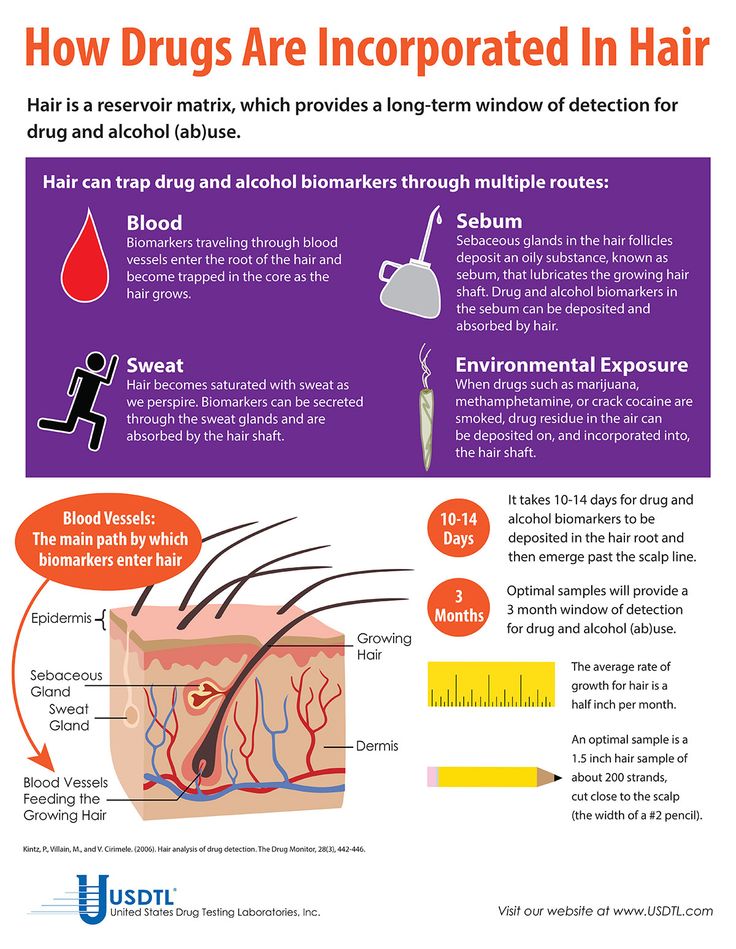
You must speak to your doctor and remember that there are plenty of support services to help you avoid illegal drug use during pregnancy.
Q3. How long does a placenta drug test remain valid?
A placenta drug test will usually remain valid for between two and seven days. However, this time frame can vary depending on the sample type, the location of the sample on the placenta, and whether or not it has been frozen.
If you plan to undergo a post-natal test, you must refrigerate your sample as soon as possible after birth. This will ensure that any trace amounts of drugs present do not degrade before your screening test can detect them.
Q4. How do I collect a sample for placenta drug testing?
Suppose you are concerned that you or your partner have taken illegal drugs during pregnancy. In that case, you can either request a free test when you attend your first antenatal appointment (or first postnatal visit) or pay for a more comprehensive test with an independent laboratory.
Suppose you are planning to carry out the testing yourself. In that case, it is recommended that you freeze any samples taken immediately and take them to the laboratory as soon as possible. If samples are not frozen and tested quickly, there is a risk that they will degrade before being examined.
If you are undergoing this type of test because your doctor suspects that you are continued illegal drug use during your pregnancy, it may be necessary for them to ask you to provide a sample of urine or blood.
You will usually need to provide a sample at your antenatal appointment and again at a later time. When providing an example, you must avoid certain products as they may hurt the accuracy of your test.
Q5. How to prevent a newborn from drugs?
Newborns are constantly exposed to a lot of things that may harm them. The most common of these are the effects of alcohol, drugs, and chemicals. Once you become pregnant, you need to protect the future of your unborn baby from these harmful substances.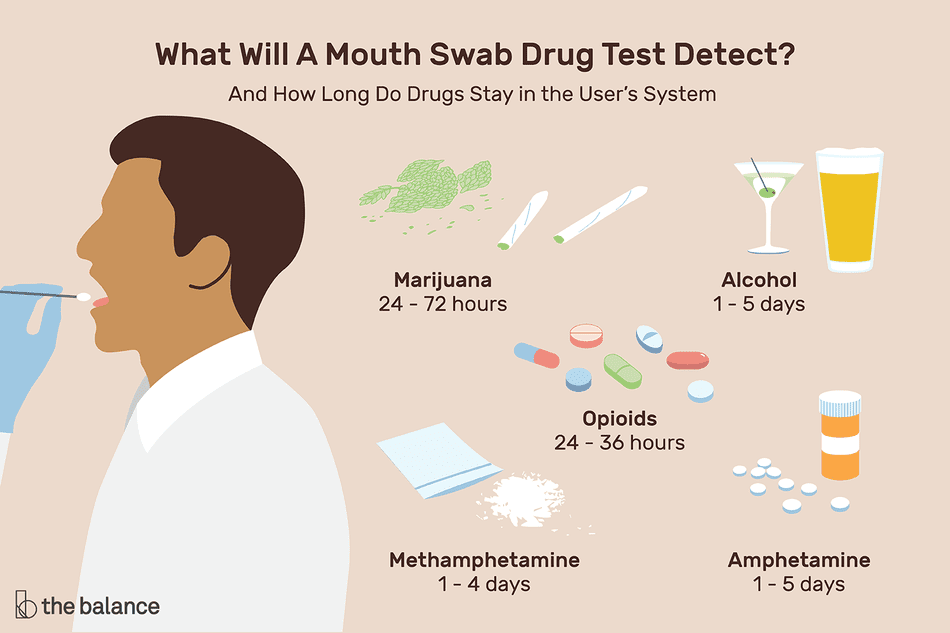
Heavy alcohol use in pregnant women is connected with many health problems. Alcohol and drug use can cause severe congenital disabilities as well as other adverse outcomes for the child. The most important thing is that you should choose a safe way to prevent alcohol, drugs, and chemicals from being transmitted to your baby.
If you believe that your unborn child has been exposed to drugs or alcohol, contact an experienced drug testing company immediately.
CONCLUSION
Drugs and alcohol are not a good idea while you are pregnant. There is no reason to go ahead with this type of behavior. If you want to have a healthy baby, it is wise to stop this kind of activity that may affect your health and your child's future life.
The placenta drug test is the best way to know whether you or your partner are taking drugs while expecting a child. The results will make sense in the future when you take care of this matter at the right time, instead of trying to skip it on every occasion.
How long do drugs stay in our body?
Narcotic substances have different periods of excretion from our circulatory system. Before making a decision to use, it is better to study how long they remain in the body.
The knowledge that Update offers you will help you expand your horizons and avoid getting into an awkward situation.
Business Insider Science has published a video detailing which drugs are eliminated from the body after a couple of hours, and which remain in the blood for a whole month.
Marijuana, by the way, is one of the latter. Well, forward to knowledge and chemical imbalance!
Cannabis
The active substance of marijuana remains in your blood for about two weeks, and cannabis remains in your urine for 7 to 30 days after it has been ingested.
Not only blood and urine can be tested for drugs, but also hair, in which cannabis lasts up to 90 days.
So be vigilant and don't let anyone touch your hair.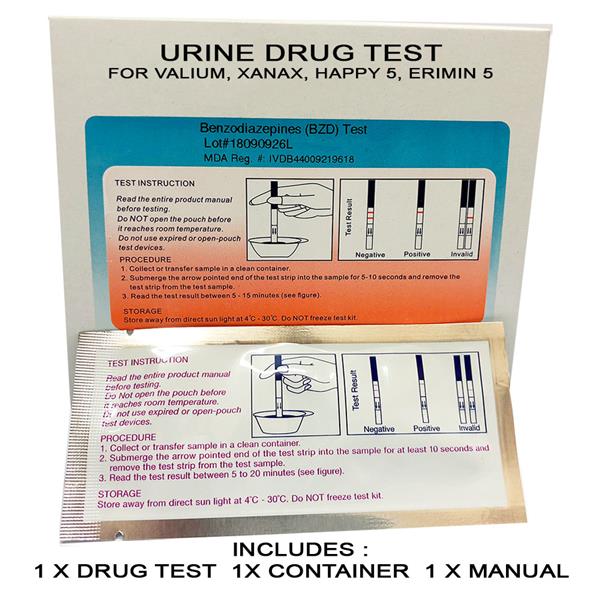
Cocaine
This drug is eliminated faster - after a day or two it is no longer detectable in your blood, and after three or four it is already excreted from your urine.
But hair remembers everything and can give you away, because it keeps traces of coke in itself for another 90 days after you sniffed out the last track.
TELEGRAM channel about life in the big city
Alcohol
Alcohol is eliminated from the blood quite quickly - 10-12 hours after drinking.
Urine stores leftover vigor and vigorian champagne for three to five days, so you may feel a little out of focus for a while after a good drink.
Hair is still accessible and stores information about your drinking adventures for up to 90 days.
LSD
This drug is surprisingly quickly eliminated from the body, especially compared to the period of its action.
The blood is cleared of lysergic acid within 2-3 hours after its use, and it disappears from urine after 1-3 days, as well as from the hair.
We seem to have found the perfect drug.
MDMA or Ecstasy
The happiness drug stays in your urine for 3-4 days, but only 1-2 days in your blood.
But make no mistake - ecstasy can last up to 90 days in your hair, so be careful when testing.
You are so beautiful, take a sip. How women are raped with drugs in Ukraine
Heroin
So we got to hardcore. Apart from hair, heroin is eliminated from the body fairly quickly.
In the urine, opiates persist for up to 3-4 days, and in the blood - up to 12 hours.
If you manage to spread out and gather back within a few days, everything is in order.
Amphetamine
Amphetamine is eliminated from the blood and hair as long as heroin, but urine loses "speed" after 1-3 days.
Speed is the key to success, before you say "blueberry pie" the amphetamines are already leaving your body and making room for other substances.
Methamphetamine
If you are not Jesse Pinkman and do not smoke meth every hour, then it will be removed from your blood in a day, and from your urine in 3-6 days.
But if you brew meth but don't use it, like Mr. White, you still run the risk of failing the test because the drug will stay in your hair for three whole months.
Here we are enlightened.
The video also reminds you that the time it takes for your body to detect drugs can vary depending on your height, weight, age, general health and frequency of substance use.
LISTEN TO A PSYCHOTHERAPIST'S LECTURE ABOUT EMOTIONAL BURNOUT Drug intoxication with severe symptoms - vegetative-vascular reaction, motor and mental disorders - lasts only a few hours. Drug intoxication with severe symptoms - vegetative-vascular reaction, motor and mental disorders - lasts only a few hours. But after the symptoms disappear, traces of the drug remain in the body for a long time. They can be identified during the examination, a series of tests. Any drug enters the bloodstream shortly after ingestion, where it begins to decompose within a few hours. Often, blood tests reveal exactly the breakdown products, metabolites, and not the drug itself. From the blood, psychoactive substances are excreted relatively quickly; for most drugs, the elimination period is several days. But by this time, antibodies to the drug are produced in the blood, which can be detected even after a few months (quarterly test). The kidneys take the most active part in the natural cleansing of the body from the drug. Without a special course of detoxification, it is impossible to completely cleanse the body of the decay products of narcotic substances. They accumulate in tissues, cause chronic intoxication, especially when taken regularly. In particular, the drug is deposited in adipose tissue, and during exercise, which is accompanied by fat burning, microdoses of the drug enter the bloodstream. Even after a single use of the drug, traces of it can be found in the nails and hair after a few months. How long the narcotic substance will be excreted depends on many factors: It is always easier for qualified specialists to find an approach to dependent person. Our employees provide assistance in motivation and intervention ROUND THE CLOCK. We provide services of a psychologist for consultation, home visits are possible. 067 120 33 55 Also important is the general state of health, the ability of the liver and kidneys to cope with the load. The table shows the average data on the timing of the detection of traces of various drugs in the blood, urine, hair and nail plates. After a single or episodic, infrequent use of most drugs, a set of detoxification measures can be carried out at home, but it can also be done in a drug treatment center. Regular drug use requires professional detoxification for their complete elimination: Comprehensive detox can take up to 20 days. The timing of the elimination of drugs from the blood varies significantly depending on the characteristics of the drug, the characteristics of use, the individual characteristics of the organism.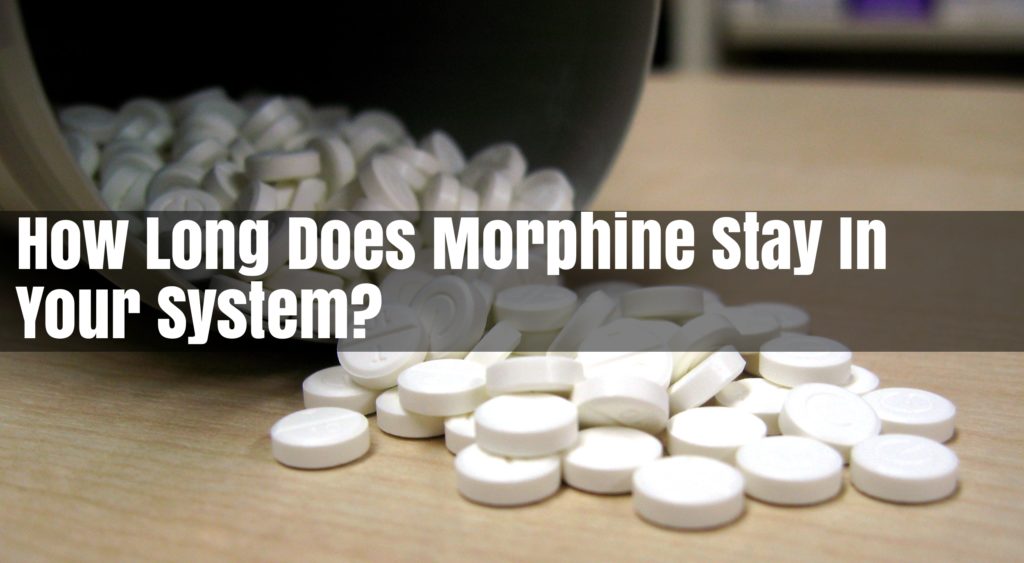 But after the symptoms disappear, traces of the drug remain in the body for a long time. They can be identified during the examination, a series of tests.
But after the symptoms disappear, traces of the drug remain in the body for a long time. They can be identified during the examination, a series of tests. Time to remove drugs from the body
Where the drug lingers
 In the urine, narcotic drugs and their metabolites are detected longer than in the blood, after complete excretion by the kidneys.
In the urine, narcotic drugs and their metabolites are detected longer than in the blood, after complete excretion by the kidneys.
What determines the rate of excretion
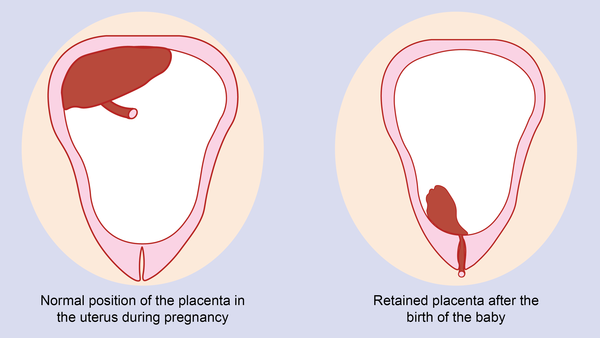 With a single use, the drug is excreted faster than with regular use;
With a single use, the drug is excreted faster than with regular use; Don't want to be treated? Motivation for treatment
Time of withdrawal of popular drugs
Preparation blood, \ hours in urine, \ days in hair, nails, \ days LSD 3-12 to 5 to 3 heroin 12 14 to 90 amphetamine 12 9 up to six months methamphetamine 37 9 up to six months cocaine 48 4 21 barbiturates 48 2 7 salt drugs 72-96 7 to 60 cannabis up to 2 weeks 5-8 to 60 How to speed up the withdrawal of the drug
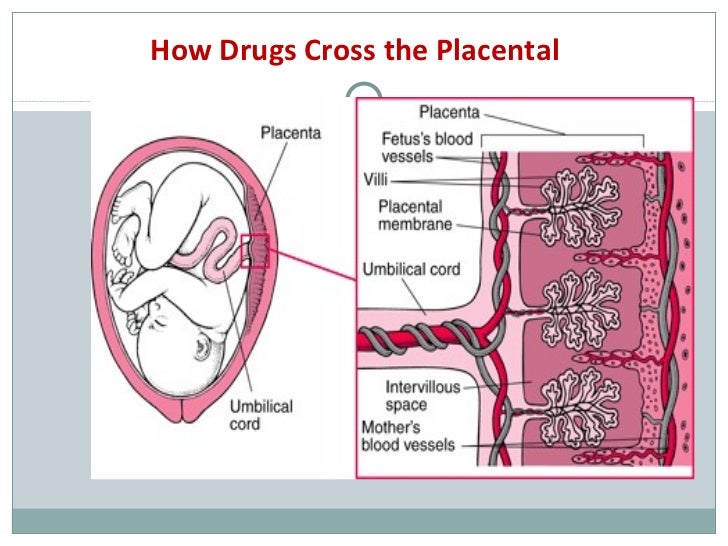 Excretion of the drug and its metabolites from the body is facilitated by drinking plenty of water, including taking diuretics and herbal preparations, and dietary nutrition. Fatty, smoked, spicy foods, sweets, coffee are excluded. Vegetables, fruits, nuts, seeds and red fish are shown. If the state of health allows, you can bathe, play sports to enhance the removal of poisons with sweat.
Excretion of the drug and its metabolites from the body is facilitated by drinking plenty of water, including taking diuretics and herbal preparations, and dietary nutrition. Fatty, smoked, spicy foods, sweets, coffee are excluded. Vegetables, fruits, nuts, seeds and red fish are shown. If the state of health allows, you can bathe, play sports to enhance the removal of poisons with sweat.





